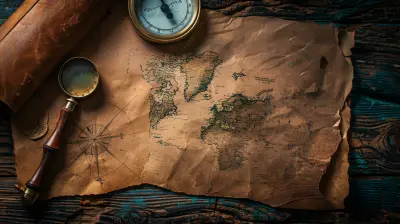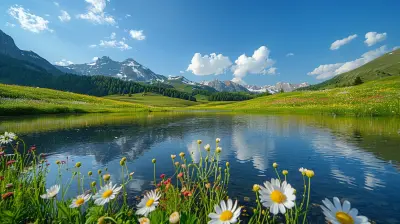How to Photograph Wildlife Respectfully While Traveling
24 June 2025
Let’s be honest—wildlife photography is incredible. It’s raw, unpredictable, and often awe-inspiring. But here's the kicker: the animals you're photographing aren't models on a photo shoot; they're wild beings living their lives. So snapping that perfect shot without crossing ethical boundaries? That’s an art in itself.
In this guide, we’ll dive into the dos and don'ts of respectful wildlife photography while traveling. Whether you’re trekking through the Serengeti, kayaking in Alaska, or just walking through a national park, these tips will help you capture the beauty of wildlife while keeping their safety and space a top priority.
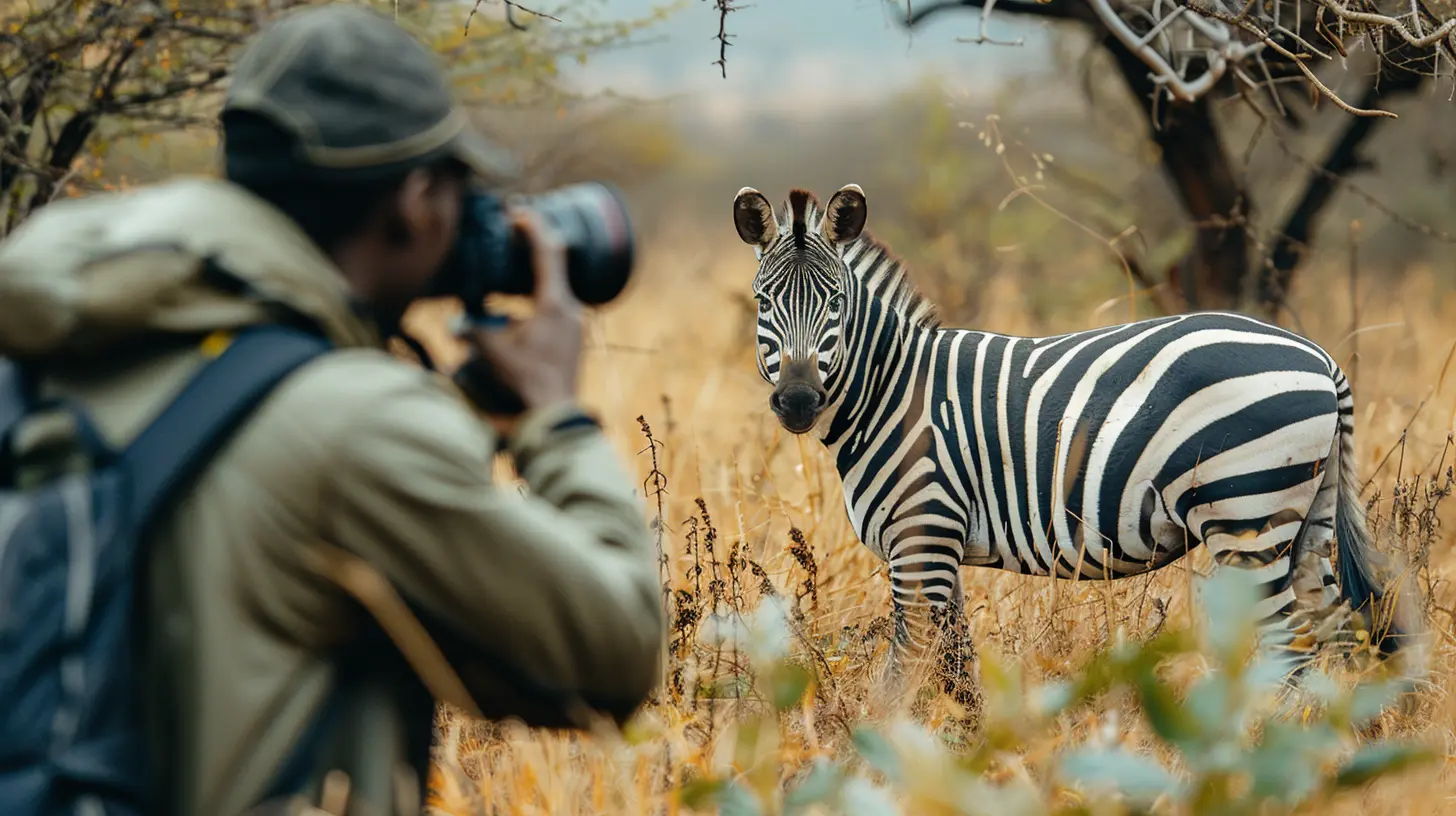
Why Wildlife Photography Comes with Responsibility
Before we get into the how-to, let’s talk about the why. Wildlife photography isn’t just about bringing home stunning pictures—it’s about observing and appreciating animals in their natural habitat. When done carelessly, it can disturb wildlife, destroy fragile ecosystems, and even endanger lives (theirs and yours).Think of it like visiting someone’s home—you wouldn’t barge in, make noise, or poke around their stuff. Same goes for the animal kingdom.
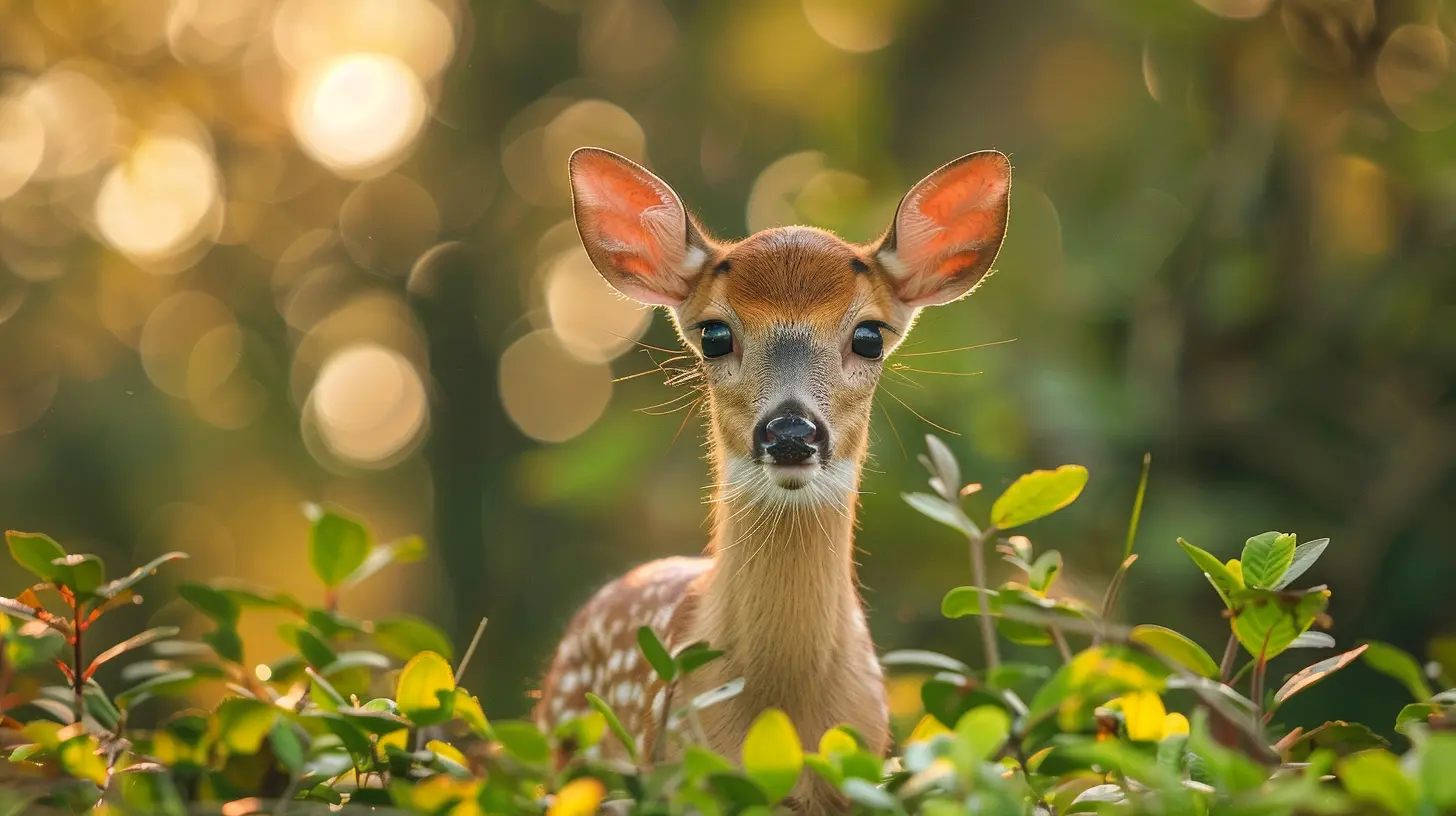
Tip #1: Do Your Homework Before You Go
Ever heard the phrase “knowledge is power”? Well, it’s also respect.Before heading out on your wildlife adventure, research the specific animals you're likely to encounter. Learn their behaviors, mating seasons, feeding times, and signs of distress. This can give you an idea of when and how to photograph them without interfering.
Questions to Ask Before You Travel:
- Is this animal nocturnal or active during the day?- How close is too close?
- Are there local rules or permits required for wildlife photography?
- Is flash photography harmful to this species?
The more you know, the more mindful your approach will be.
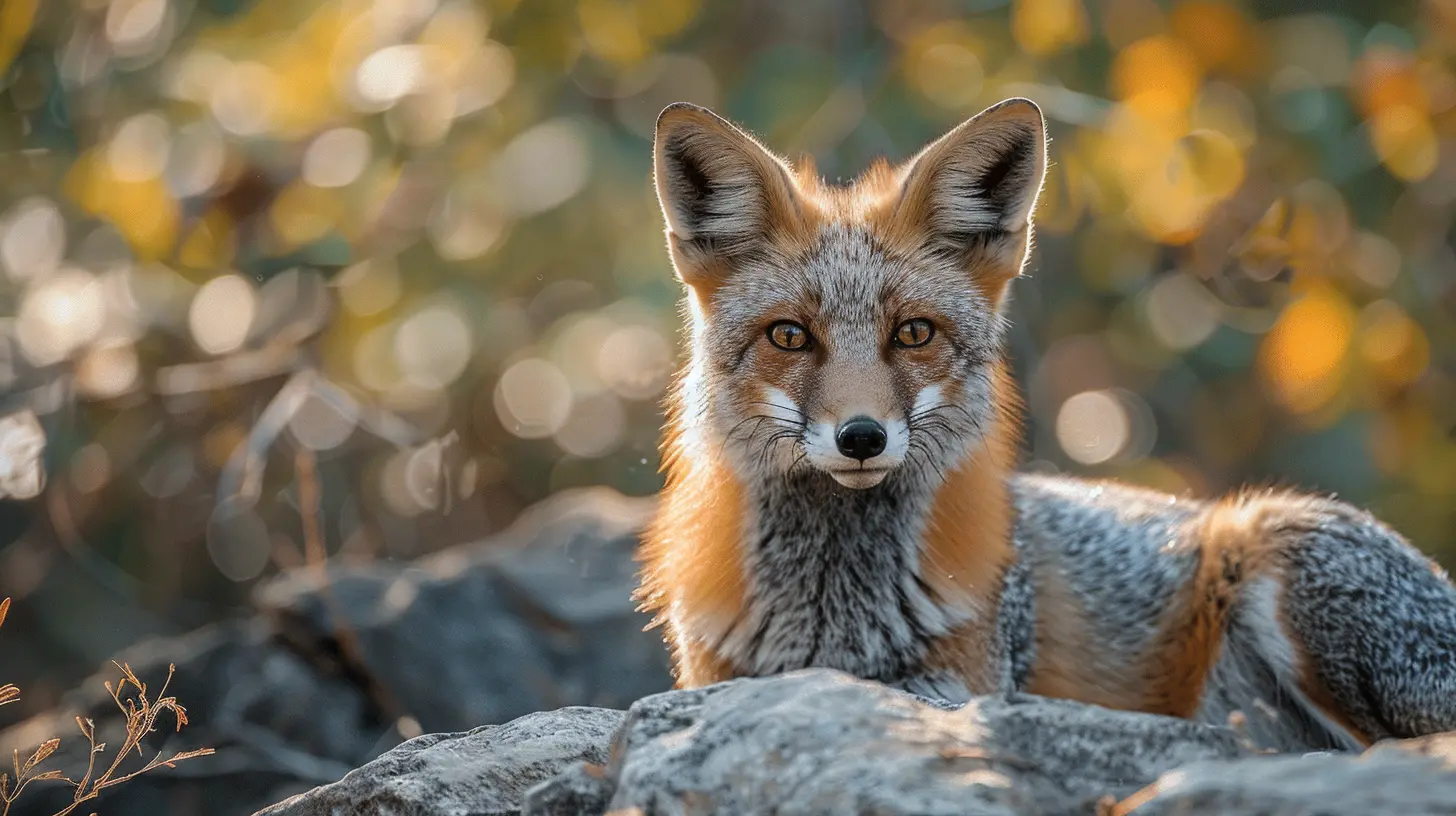
Tip #2: Invest in the Right Gear (Your Zoom Lens is Your Best Friend)
Here’s the deal: If you want close-up shots without getting in an animal’s face, a powerful zoom lens is a must.Using telephoto lenses lets you capture detailed images from a safe and respectful distance. This way, you’re not stressing the animal out, and you stay safe too. Plus, you avoid altering the animal's natural behavior—because let’s face it, a selfie with a bear isn’t worth it.
Pro Tip:
Something between 300mm and 600mm can get you those crisp, close shots without needing to move closer physically.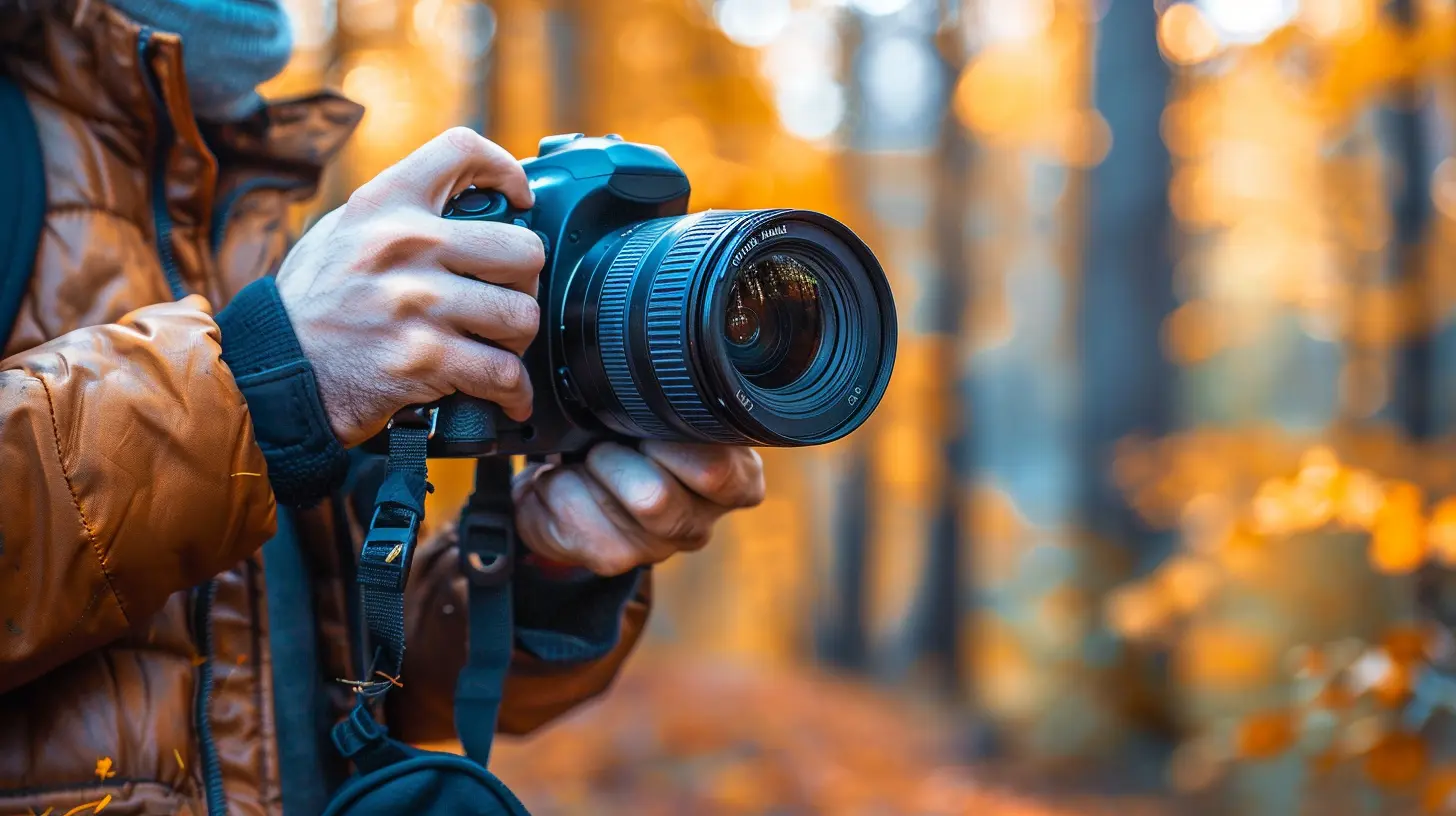
Tip #3: Keep Your Distance—Seriously
This is probably the golden rule: Keep. Your. Distance.It doesn’t matter how “chill” that deer seems or how slow that sloth is moving—don’t approach. Wild animals can be unpredictable. You might think you’re being quiet and sneaky, but to them, you’re just a walking bundle of stress.
National parks and wildlife reserves often have rules about how far you should stay from animals. For example:
- 25 yards away from most wildlife
- 100 yards from predators like bears or wolves
And no, drones don’t count as being “at a distance.” They can be incredibly stressful for animals.
Tip #4: Blend In and Stay Quiet
Imagine you’re in a library and someone walks in clanging pots and pans. You’d be pretty annoyed, right? That’s how animals feel when you stomp through the forest or yell across a field.Wear neutral colors that don’t stand out. Move slowly. Keep conversation to a whisper or none at all. The goal is to become part of the environment, not a loud tourist with a camera.
Bonus:
Being quiet helps you spot more animals. They tend to show up when they don’t hear you a mile away.
Tip #5: Don’t Bait or Feed Animals for a Photo
Trying to lure animals with food for the perfect shot? Huge no-no.Feeding wildlife is not only dangerous, but it also messes with their natural behavior. Animals might become reliant on human food or start associating humans with snack time, leading to future conflicts or worse—euthanasia.
That one photo may cost that animal its life. Is that really worth it?
Tip #6: Respect Nesting and Denning Sites
Some of the most heartwarming shots involve baby animals, but that’s also when you need to be extra careful.Nesting birds, denning mammals, or any young creature is particularly vulnerable. If a parent senses danger (like a human too close), they may abandon the nest or den. Even your scent lingering nearby can put the young at risk from predators.
If you spot a den or nest, zoom in from afar and move along quickly. Admire, snap, and go.
Tip #7: Observe the Animals’ Body Language
Animals do communicate—we just need to pay attention. Here are some signs they’re uncomfortable:- Stomping, snorting, or false charges
- Sudden freezing or intense staring
- Tail flicking or ears back
- Vocalizations (not the cute kind)
Those are their ways of saying, “Back off!” And when they’re talking, you should listen. If an animal’s behavior changes because of your presence, you’re too close. Simple as that.
Tip #8: Travel with Ethical Tour Operators
If you’re going on a guided safari or organized nature tour, pick companies that prioritize ethical practices. Look for those certified by respected organizations like ATTA (Adventure Travel Trade Association) or the Wildlife Friendly Enterprise Network.Ask questions upfront:
- How do they ensure minimal disturbance to wildlife?
- What’s their policy on feeding or touching animals?
- How many people do they bring on a tour?
Ethical operators not only protect the animals but can also help you get better shots by understanding animal behaviors and patterns.
Tip #9: Be Patient. Wildlife Photography Isn’t a Sprint.
You can’t rush nature. Some of the most jaw-dropping wildlife shots took hours—or even days—to capture.Get comfy. Stay still. Wait.
It’s a bit like fishing. Sometimes, nothing happens. And sometimes, you catch a magical moment that makes the whole trip worth it.
Tip #10: Edit Responsibly and Caption Honestly
Let’s talk about what happens after you’ve captured that stunning shot. When editing your photos, be honest with your audience. Don’t mislead your viewers about location, situation, or species.Also, for the love of all things wild, don’t geo-tag endangered species or sensitive habitats. You may accidentally lead poachers or careless crowds straight to them.
Tip #11: Share with Purpose
Photos are powerful. They can inspire people to care about wildlife and protect natural spaces—but only if we use them wisely.When posting on social media or your blog:
- Tell the story behind the photo
- Include an ethical message or conservation angle
- Encourage others to value and protect wildlife
You’d be surprised how one image can spark someone’s interest in conservation.
Tip #12: Leave No Trace (Yes, Even as a Photographer)
Just because you’re behind the lens doesn’t mean you’re off the hook. Follow “Leave No Trace” principles:- Don’t trample vegetation to get a better shot
- Pack out all trash, including lens wipes and snack wrappers
- Stay on designated trails or areas when possible
The less impact you leave behind, the better for everyone—including the next traveler hoping to get their once-in-a-lifetime shot.
Final Thoughts: Photograph with Heart, Not Just a Lens
At the end of the day, wildlife photography isn’t just about getting likes on Instagram. It’s a chance to form a deeper connection with the natural world. When you photograph with curiosity, patience, and respect, your images reflect that authenticity.And you know what? Animals can tell. They might not care about your camera settings, but they do notice your energy. Approach with calm and admiration, and you just might get that perfect, soul-stirring shot.
So go out there, breathe in the wild air, click respectfully, and let your photos tell the story of a world worth protecting.
all images in this post were generated using AI tools
Category:
Travel PhotographyAuthor:

Pierre McKinney
Discussion
rate this article
2 comments
Holly McDermott
Capture moments, not fear—respect nature’s wildlife boundaries always.
September 24, 2025 at 3:47 AM

Pierre McKinney
Absolutely! Respecting wildlife boundaries ensures both safety and the well-being of animals, allowing for meaningful moments without disruption.
Margaret Bryant
What a fantastic read! Capturing wildlife in their natural habitat is like trying to catch a glimpse of a unicorn—magical but tricky! Remember, the best photos come from patience and a respectful distance. Let’s keep our critter friends happy and thriving while we snap those unforgettable shots! 📸🌍✨
June 30, 2025 at 2:59 PM

Pierre McKinney
Thank you! I’m glad you enjoyed it. Your metaphor about unicorns perfectly captures the magic of wildlife photography! Patience and respect are indeed key to preserving our natural friends. 📸🌿
